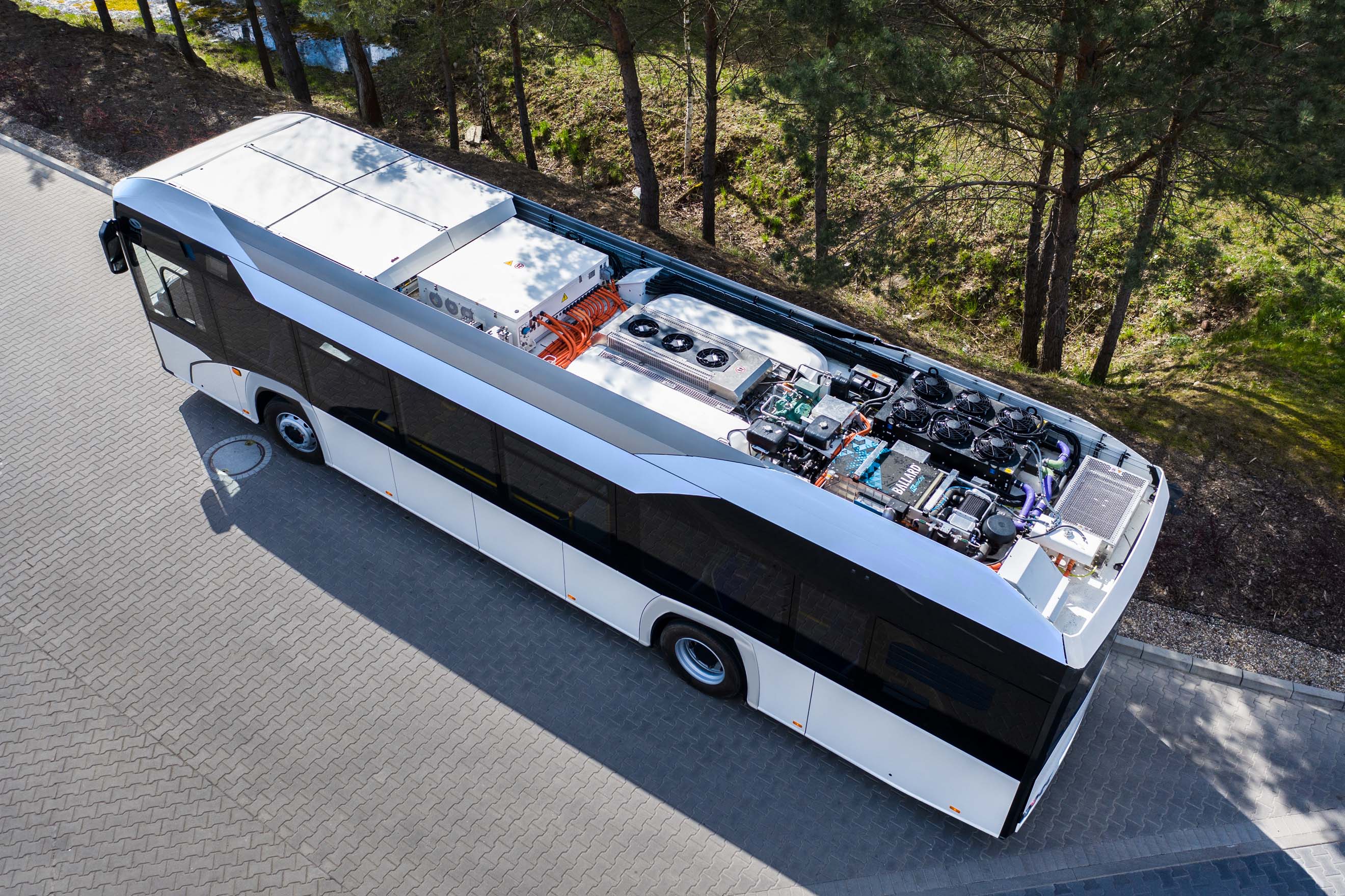
READ MORE AT How to Adapt Your Bus Depot to Refuel and Service Hydrogen Fuel Cell Buses.
Transit operators need to be armed with the best information on how to make the transition to zero emission transit fleets. When considering hydrogen buses, many transit operators are unsure of how to integrate the vehicles into their fleet and how to upgrade their existing infrastructure. This is especially true when it comes to on-site bus maintenance facilities.
Fortunately, anyone that has experience with CNG fueled vehicles will be used to the types of adaptions that are required to manage compressed gas. And with over 3,000 fuel cell electric buses operating around the world, many transit operators have already made the switch and can provide guidance.
 Here’s what to consider when upgrading maintenance facilities to safely service hydrogen-fueled buses:
Here’s what to consider when upgrading maintenance facilities to safely service hydrogen-fueled buses:
Facility Upgrades:
To create a safe environment for hydrogen fuel cell electric vehicles existing workshop buildings will have to adapted and upgraded. Workshop upgrades are designed to detect a potential hazard, dilute the gas to reduce ignition risk, and then extract the gas for safe re-entry. Local regulations and health and safety laws may vary and dictate exactly what adaptions need to be made in the workshop. However, at minimum, a process must be in place for safely defueling the bus before certain operations. All electrical equipment must be classified for hazardous locations to avoid sparks.
Gas Detection System:
Hydrogen is lighter than air and will rise when released. If this happens in an open environment, then hydrogen will disperse quickly and will no longer be a hazard. However, inside a workshop facility hydrogen can get trapped and ‘pool’ in the ceiling area thus potentially causing a flammable hydrogen cloud. A hydrogen alarm system with sensors in the ceiling area of a workshop will provide early warning and indicate the concentration of hydrogen gas in the air.
Ventilation:
Facilities should be properly vented to prevent hydrogen accumulation. A regime of air changes within the building minimizes the potential buildup of any released hydrogen gas. However, if hydrogen is detected, an emergency processes is activated to ensure the safe evacuation of the facility.
Training:
Providing the workforce with training on the safe handling of hydrogen and maintenance of fuel cell buses is of vital importance. Ballard offers extensive training for owners and operators of fuel cell electric buses. The training features technical information on the use of hydrogen as a transportation fuel. It covers hydrogen properties, use, and safety as well as fuel cell technologies, systems, engine design, safety, and maintenance.
When maintaining hydrogen vehicles, the aim is to not release any hydrogen in the workshop and, if by some chance this does happen, not expose the hydrogen to a heat or ignition source. Prevention is the best precaution to stopping a serious incident from happening.
If you are considering adding hydrogen fuel cell electric buses to your fleet, know that you can lean on the experiences of progressive transit operators that have already made the transition. Ballard has many years of experience in this area and has the resources to assist with this process. Contact us at www.ballard.com to learn more.
About Ballard
Ballard’s zero emission fuel cell modules for heavy duty vehicles lead the industry in performance, durability, life cycle cost and overall road experience. From 30kW to 100kW, Ballard has a fuel cell product to match an advanced hybrid transit bus from 8 to 18 meters (35 to 60 feet), including double-decker buses.
